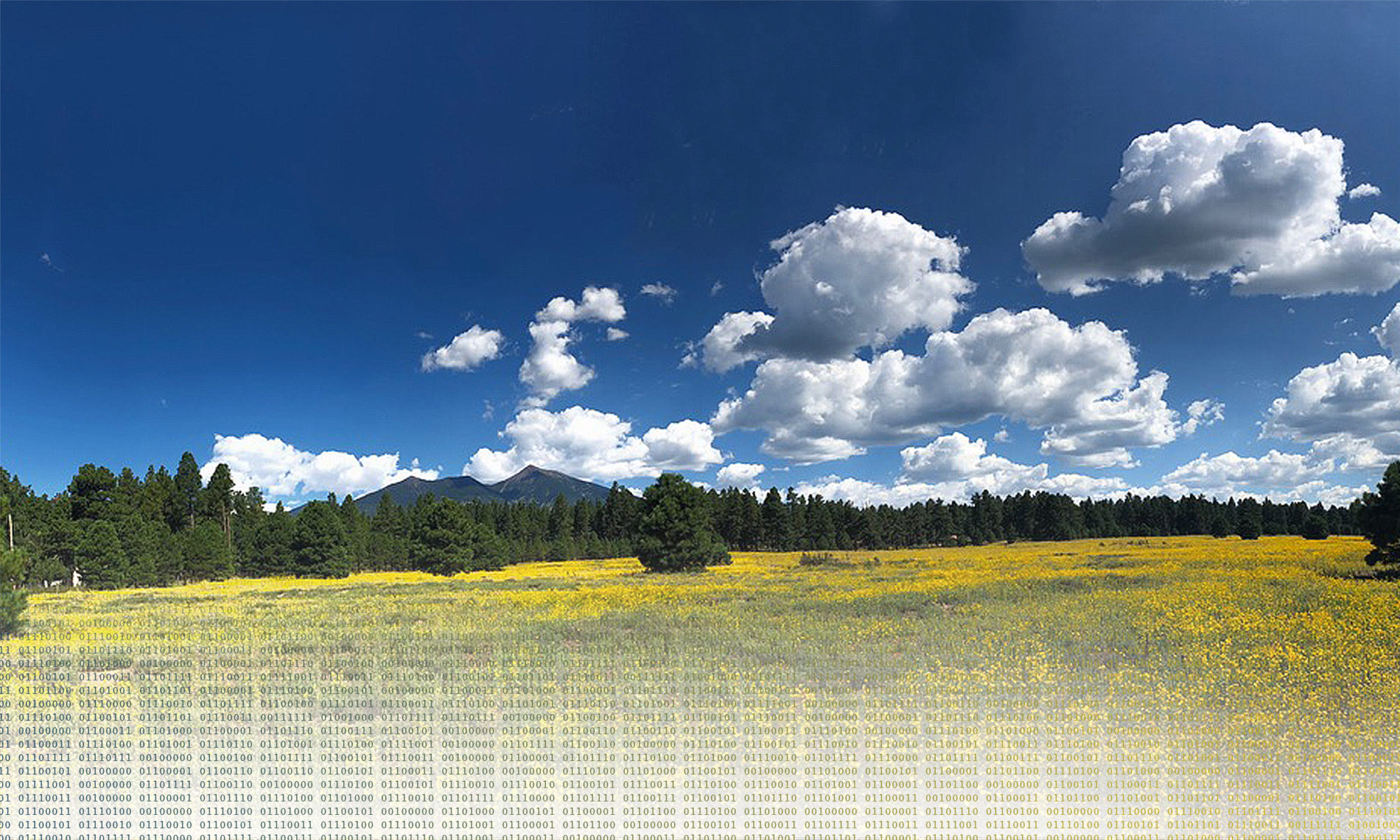Validating MODIS fPAR in a Tropical Dry Forest using Wireless Sensor Networks
Arturo Sanchez-Azofeifa, Ph.D., P.Eng. SM IEEE
Centre for Earth Observation Sciences, Department of Earth and Atmospheric Sciences, University of Alberta, Edmonton, Alberta, Canada T6G2E3
Email: Arturo.sanchez@ualberta.ca
The fraction of Photosynthetic Active Radiation (fPAR) is a component of determining canopy photosynthesis and is a crucial component of determining carbon flux product. The MODIS fPAR product has been shown to work well in the Northern Hemisphere but has not been validated in the Tropical Dry Forest which encompasses 42% of all tropical forests. This study uses a Wireless Sensor Network (WSN) to produce a representative in-situ Green fPAR product in the Santa Rosa National Park Environmental Monitoring Super Site for validating the MODIS fPAR product between 2013-2017. This study implements 2-flux fPAR estimation for the in-situ product before subsequently using the Savitsky-Golay derivate-based smoothing, univariate-wavelet transforms, and cross-wavelet analysis to compare the phenometric variables between in-situ and MODIS fPAR. Results indicate that the MODIS fPAR products are incapable of accurately predicting the onset of green-up or senescence, with detection of these events 18-55 days; however despite these temporal offsets, the annual and inter-seasonal patterns are replicated in both the MODIS and in-situ products with significance (p<0.05). These patterns break down under extreme water conditions, with the effects of droughts under-predicted by MODIS and hurricane effects not represented at all in the MODIS data.
Additionally, small scale fPAR changes and intra-seasonal differences are not significantly replicated by the MODIS fPAR products. This study, therefore, illustrates the inflexibility and insensitivity of the MODIS observations, and therefore these products should not be relied upon to give feedback to rapid changes in the phenological cycle of Tropical Dry Forests and more important provide important challenges to efforts to quantity essential climatic variables in tropical dry forest environments.

